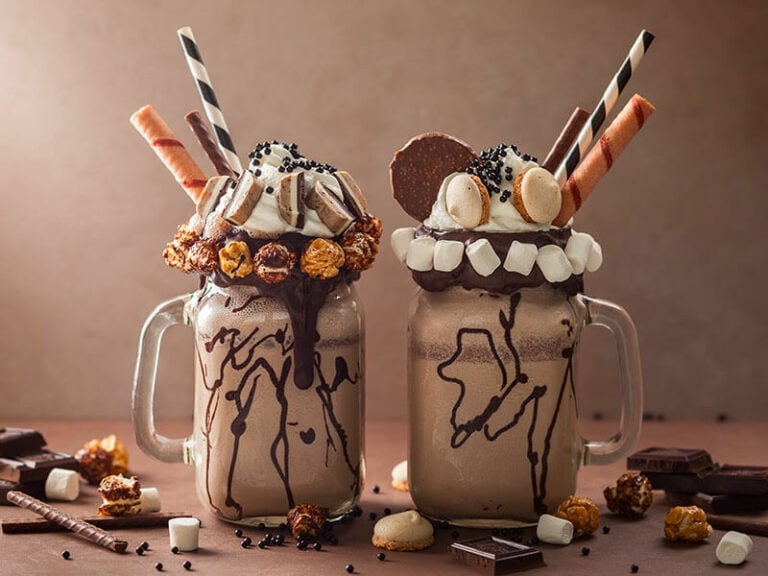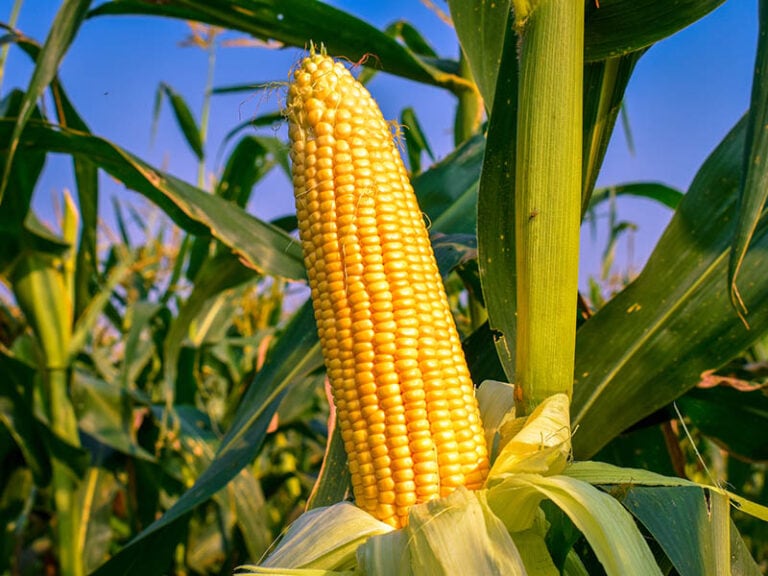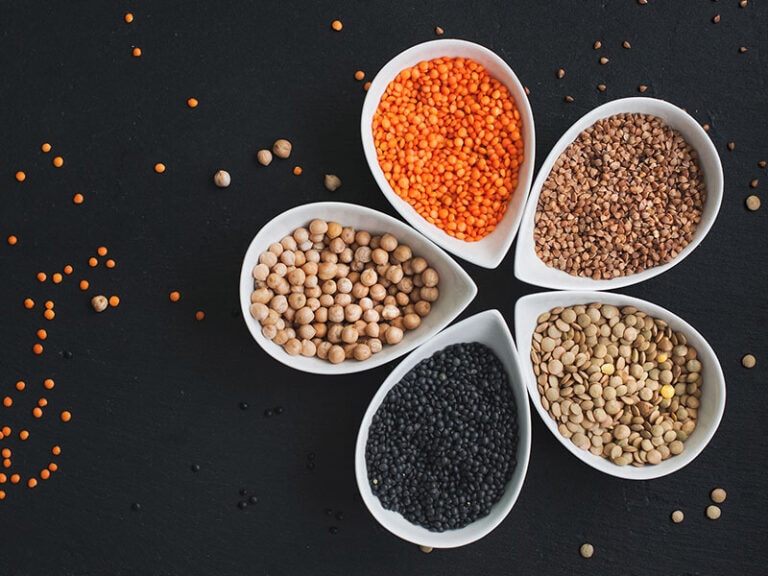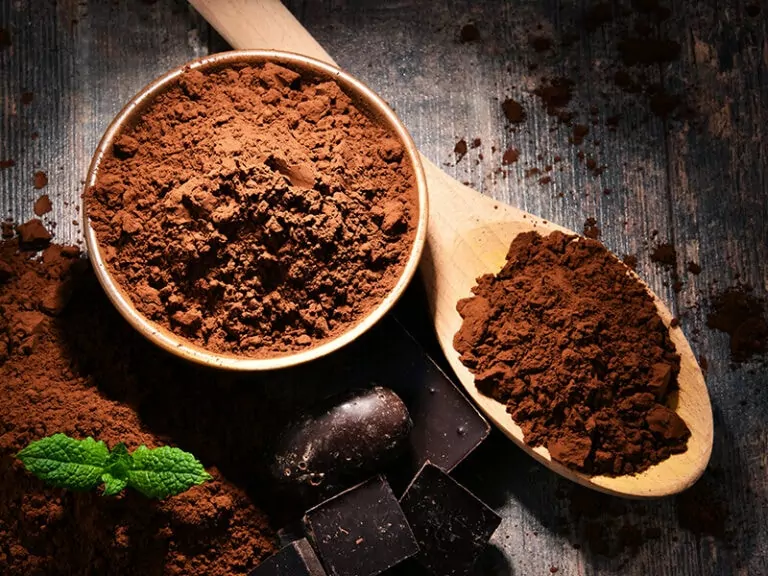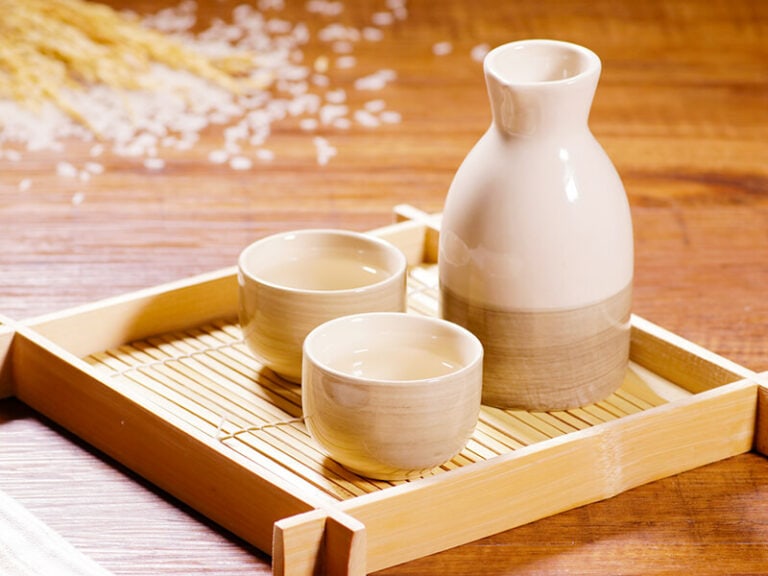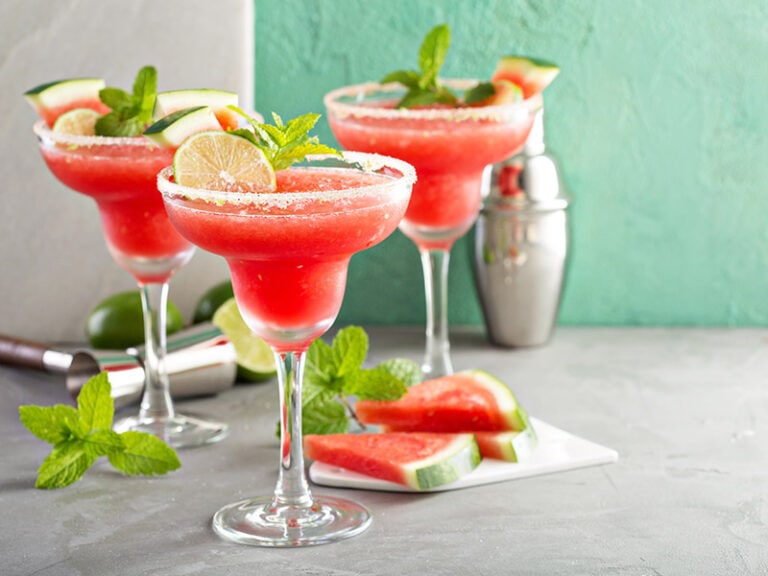Tequila and Vodka are now becoming a symbol of the most lively, energetic parties where young people are busy dancing to the base of music, leaving all those stress and negativities behind the door.
When speaking about parties, the comparison between Tequila and Vodka has been catapulted into the spotlight as they are among the most consumed liquors worldwide. Which one is a better choice for your party?
Even if you are not an expert or connoisseur, I will help you with some of the most important features of these two drinks.

An Overview Of Tequila
Before heading into details, I will give some general information about Tequila’s origin.
How Did Tequila Get Its Name?
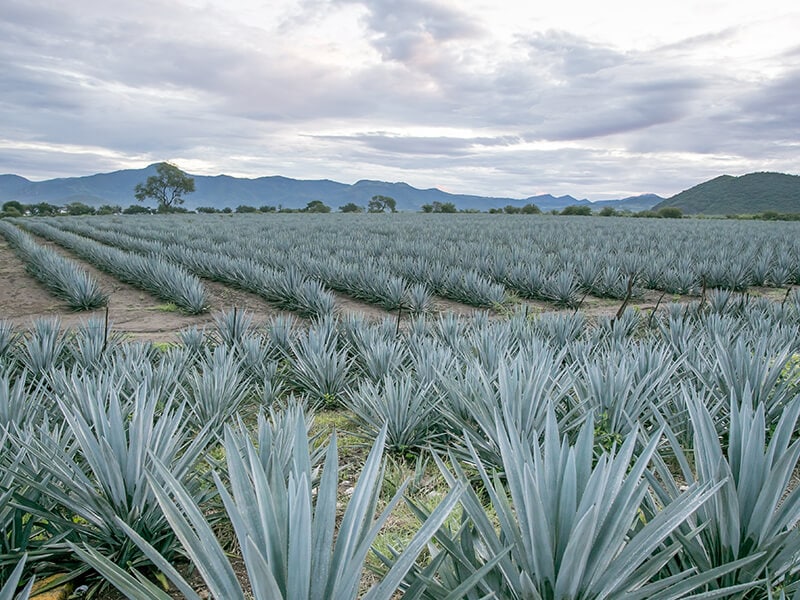
Tequila is a distilled liquor made of sugar from Blue Agave plants. People variously called it “Agave wine” or “mezcal Tequila” before it was officially named after “Tequila” – a small town of Jalisco, Mexico.(1)
The meaning of the word “Tequila” itself is uncertain. It is a borrowed word from the Nahuatl language spoken by the Aztec community living there.
Types Of Tequila
In general, this kind of drinks is classified into two types: 100% Agave and Tequila Mixto (Mixed).
100% Agave
This term refers to Tequila that is extracted only from Blue Agave plants with no additional sugars added before the fermentation process.
In Mexico, only spirits with 100% Blue Weber Agave are considered “the top quality” Tequila since they contain less sugar and calories with no additives that alter its taste and flavors compared to similar liquors.
Tequila Mixto (Mixed)
Tequila Mixto, on the other hand, only requires to be made of at least 51% Agave, the other 49% comes from other sugars apart from Blue Agave plants. Generally, there are five main categories of Tequila Mixto:
- Tequila Blanco (also known as “Plata”, or “Silver”) (aged under 1 month)
- Tequila Joven (Gold, Oro) (“Young” and non-aged tequila)
- Tequila Reposado (Aged)
- Tequila Añejo (Extra aged)
- Tequila Extra Añejo (Ultra aged)
Learn how to differentiate and enjoy different types of Tequila.
An Overview Of Vodka
Vodka is a distilled spirit that originated in either Poland or Russia. So, What does vodka mean in Russian? Let’s find out the answer below.
How Vodka Is Named
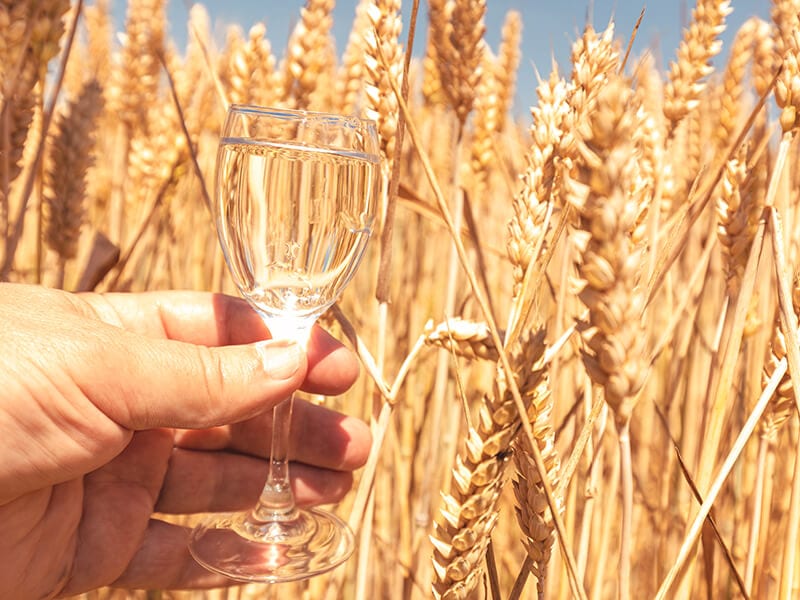
Similar to Tequila, Vodka is also a distilled beverage with strong alcohol content.
However, while the Blue Agave plant is the main material for Tequila, Vodka can be produced almost everything that can be fermented into ethanol (alcohol).
The word “Vodka” itself means “water” from the Russian word “Voda”, which is also a distinctive feature of Vodka “ clear, smooth and pure like water”.
Types Of Vodkas
There are different varieties of Vodka depending on its base ingredient and how it is produced. But in general, Vodka is classified into two main types: Plain Vodka and Flavored Vodka.
Similarities Between Tequila And Vodka
Despite being two different types of spirit, Tequila and Vodka share some similarities ranging from the method of how they are made and distilled, their appearance to alcohol percentage:
| Factors | Similarities |
| Alcohol content | 40-50% ABV (80-100 proof) |
| Production process | Both are produced under strict requirements of fermentation and distillation. |
| Appearance | Clear spirit |
In the beverage industry, alcoholic drinks are classified into two main categories: Undistilled and distilled beverages. Wine, beer, hard cider, Meed (water and fermented honey), and Sake are undistilled liquor ranging from 5% to 20% alcohol by volume (ABV).
Tequila and Vodka are both clear distilled beverages and rank higher in terms of alcoholic content with 40-50% alcohol in 1,5 ounces (one shot).
Unlike undistilled liquor, which only requires fermentation and aging to be produced, Tequila and Vodka must undergo one more step to bring out the finest quality – that is distillation.
Distillation is a process that concentrates the alcohol by separating it from water from other components of fermented ingredients.(2)
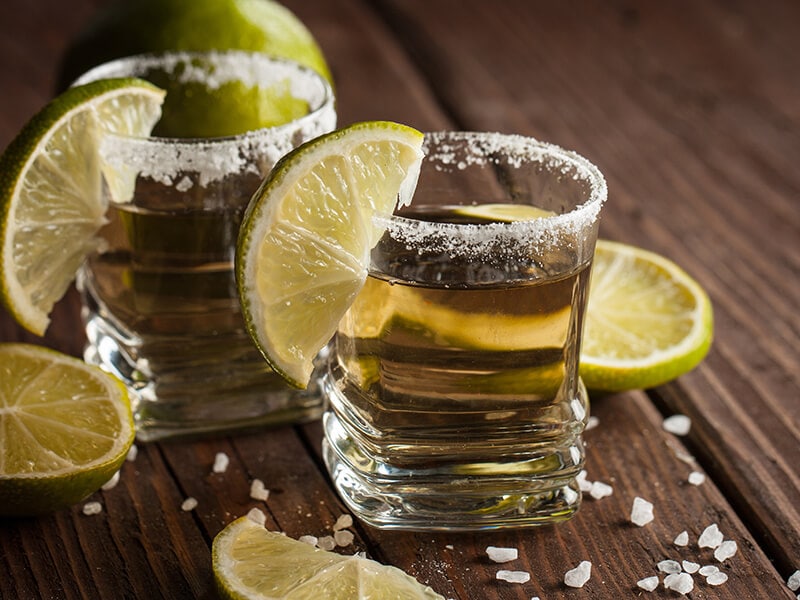
Tequila And Vodka: Do They Differ From Each Other?
Tequila or Vodka? The battle between these two drinks has yet to come to a definite answer as both of them are favored by most alcohol enthusiasts from all over the world.
Yet, they still have several distinctive features in comparison to each other. And as a consumer, you should be aware of these points:
Now, let’s jump to the details and see how Tequila and Vodka differ from each other.
Origin And History
It is still a mystery about the origin of Vodka. Still, some historians believe that the first documented production was either in Poland or Russia during the 8th or 9th century.
Vodka was mostly consumed in some European countries before being widespread in the United States. Although nowadays, you can find Vodka anywhere else outside its home countries, it is still quintessential to Poland and Russia.
On the other hand, the origins of Tequila date back to around 250-300 A.D., at the time the Aztec Indians had already known how to make their ceremonial wine “pulque” from Agave plants.
It was not until the 17th century “Agave wine” produced in the small town of Jalisco, Mexico became famous for its high quality. Since then, the mass production of Tequila has flourished.(3)
Ingredient And Making Process
The main difference between Tequila and Vodka comes from its main ingredient. Technically, the production process is neither quick nor easy for crafting a bottle of Tequila or Vodka from start to finish.
What Is Tequila Made From?
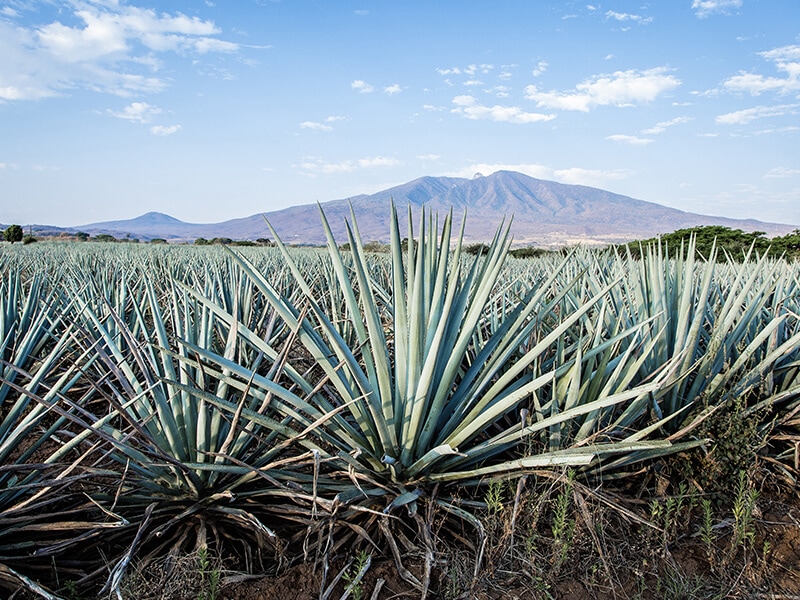
Tequila is a spirit distilled from the sugar of Weber Blue Agave Plants (known as Agave Tequilana) – a lookalike Aloe Vera with large succulent and long spiky leaves.
Please be aware that for Tequila to be qualified as Tequila, it has to be produced in certain states of Mexico, such as Nayarit, Guanajuato, Michoacán, Tamaulipas, and Jalisco, where most Tequila comes from.
How Tequila Is Made
In general, there are six stages in total to produce a bottle of Tequila:
Stage 1: Harvesting Blue Agave Plants
In order to produce an ideal Tequila bottle, Blue Agave plants have to be harvested between five and seven years of age.
Harvesting Agave plants for making Tequila is demanding since it requires excellent skill in identifying ripe Agave. Therefore, normally, “Jimadores”- a type of worker who harvested Agave plants- are the ones who take this job.
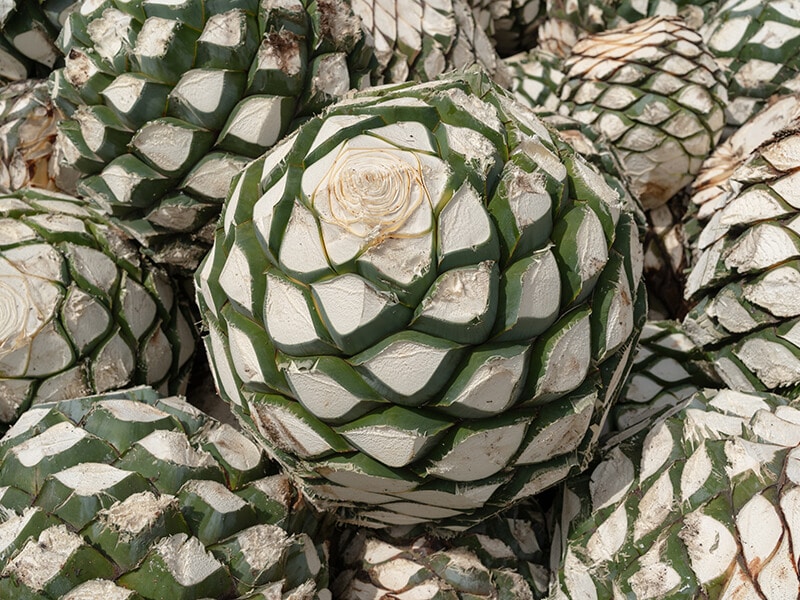
All plants are cut by hand, and Jimadores use a knife known as “coa” or ”coa de jima” (a spade-like tool with a sharp, rounded head) to shave off the leaves from the core (piña), which is later cooked to make Tequila.
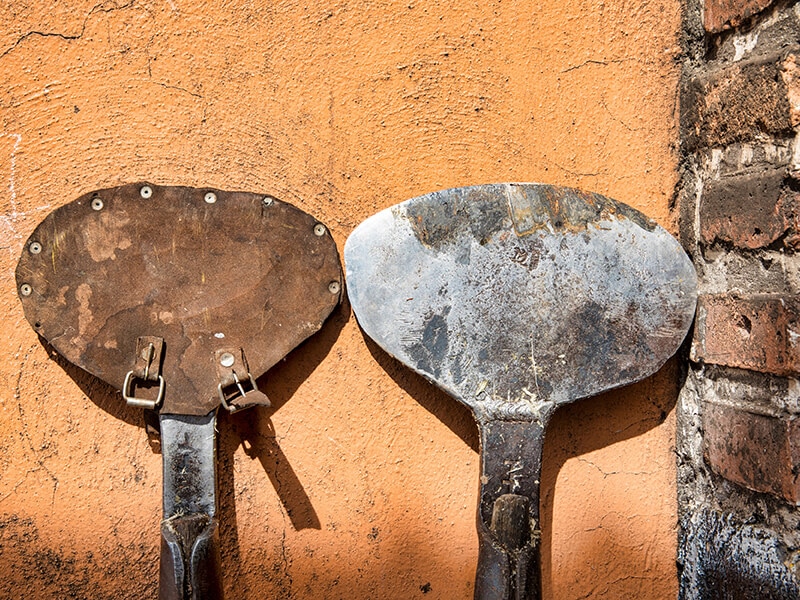
Stage 2: Baking The Piña Core
Once the Agave Piña has been harvested, it is baked in a brick/clay oven or stainless steel for 2 or 3 days.
Cooking the Agave Piña is required for producing Tequila, as the heat will convert the raw Agave’s natural carbohydrates and starches into fermentable sugars.
Stage 3: Extracting The Agave Juice
Then, Agave cores are shredded and crushed, allowing the juice (Mosto) to be collected for fermentation.
Stage 4: Fermenting The Mosto, Agave Juice
When it comes to fermentation, the process of making Tequila is relatively the same as other distilled spirits.
The extracted juice feeds with a strict ratio of water and yeast, and it is then fermented for 2 to 5 days. In the fermentation room, the yeast will convert sugar in diluted Mosto into alcohol.
Stage 5: Distillation Process
Unlike other beverages, distillation is included in every spirit manufacture since this results in a purer liquid with a higher alcohol percentage. Similarly, fermented Agave liquid is distilled to discard the impurities while simultaneously concentrating the alcohol content.
For a Tequila with 55% of Alcohol concentration, it takes two distillations to reach the ideal percentage, while 3 – 4 times of distillation is needed to produce a 40% Tequila.
Stage 6: Aging The Tequila
Most Tequila is aged in French or American White oak barrels. Choosing the right barrels is also important, as they give Tequila its final color and oaky flavor.
In addition, depending on each type of Tequila, they will be aged differently from each other:
- Blanco Tequila (Silver or Plata) is well-known for its clear and pure flavor. Blanco can be bottled right after distillation or aged within a month.
- Joven or Gold Tequila (“Oro”): Joven (young) or Oro (Gold in Spanish) are unaged Tequilas that have been added in color and flavored with other additives.
- Reposados (Aged or Rested): These are aged in wood cases for at least 2 to 9 months.
- Añejos (aged): Añejos are aged between 1 – 3 years to produce their richness and fullest flavor.
- Extra Añejos (Ultra-aged): These Tequilas require more than 3 years to be well-aged, which makes them rare and expensive.
NOTE: To be bottled, the required temperature for Tequila must be at around 50-55° F (10-13°C).
Learn more about Tequila’s making process right in the video below.
What Is Vodka Made From?
Vodka is traditionally made of potatoes or cereal grains. But, nowadays, it can be produced from sugary and starchy agricultural materials such as wheat, rye, rice, etc.
In general, It’s quite common for you to see potato-based Vodka, given that this ingredient is rich in starch to be converted into sugar for fermentation, making potatoes the most popular base material for crafting a bottle of Vodka.
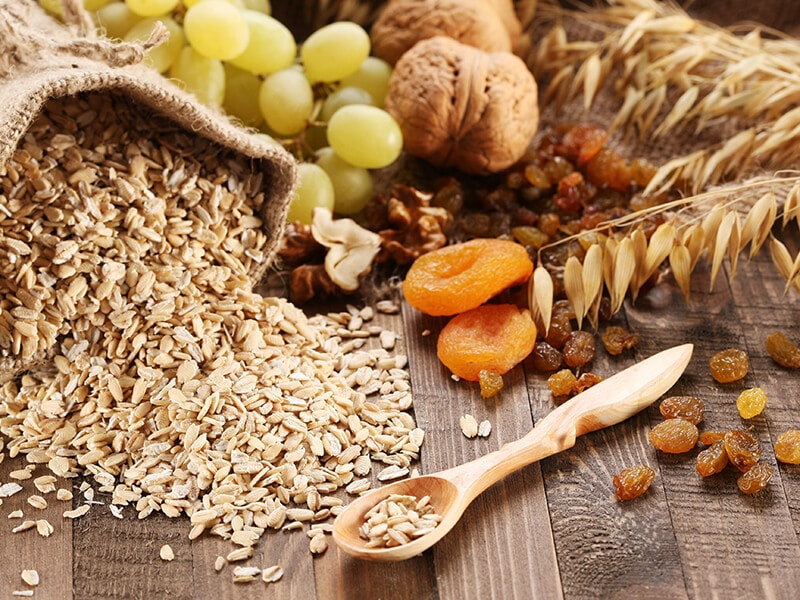
How Vodka Is Made?
Similar to Tequila, Vodka also requires strict requirements from fermentation to distillation. And the entire process contains seven stages in total:
Stage 1: Ingredient Preparation
The raw ingredients for Vodka, regardless of what type, are heated with water. This will help to convert the starch contained in base ingredients into sugar.
For potato-based Vodka, enzymes or malt are also added while heated.
Stage 2: Fermentation
As with any alcoholic beverage, fermentation is always an important process to produce natural ethanol to drink.
Therefore, after being heated, the base mixture will be fermented for one to two weeks with yeast and water.
Stage 3: Straining The Mixture
When the fermentation has completed, the Vodka makers strain away the solids, leaving the remaining liquid. At this stage, the alcohol content in the liquid base is at about 16% alcohol by volume.
Stage 4: Distillation
Distillation is the process of purifying a liquid by heating it until it evaporates, forming a vapor. When the liquid evaporates, it leaves the impurities behind, while the vapor then recondenses into a purer liquid with a higher alcohol percentage.
Back to Vodka, the stained liquid may undergo at least one to two distillation processes, while some Vodka makers prefer redistillation for more pure liquid.
NOTE: Flavors like fruit, vanilla, ginger, etc., can be added in this stage to make flavored Vodka.
Stage 5: Sorting The Product
At this stage, distillers will sort the product to remove toxic components, and the strained liquid can be kept or undergo another distillation process.
Stage 6: Dilution
After distillation, Vodka is usually too strong to consume. That’s why dilution is in place to get the product down to its appropriate alcohol content (standard 40% ABV) by gradually adding pure distilled water.
Stage 7: Filtration
The crafting of Vodka has not ended yet. The product has to undergo one more step of filtration to ensure the pure and clear texture of Vodka.
Learn how Vodka is brought from fields to the dining tables.
Taste And Flavor
The taste of Tequila is relatively complex, depending on its origin and how it is produced. In general, it can be described as earthy and mildly sweet, coming from the flavor of its main ingredient, Blue Agave Plants.
After sipping a whole shot of Tequila, the heat and burning sensation start to kick in, giving it a strong and sharp knock at the tip of your tongue, and gradually spreading all over your mouth.
Regarding Vodka, many people describe it to be odorless, plain, or even tasteless. Fair enough. All Vodkas have a neutral taste, yet, it’s still hard to drink due to their high concentration of alcohol, resulting in a burning sensation all over your mouth and throat.
Drinking Style
Tequila and Vodka are great candidates for cocktail mix, especially Vodka, its neutral taste pairs well with fruit juices and other spices and ingredients. That’s why some partygoers also mix Vodka and other beverages like plain soda, wine, beer, etc., to drink to the fullest.
Yet, that does not necessarily mean Vodka is tasteless and needs other substances. Those with a fine palate can differentiate many types of Vodka from neutral to slightly sweet without mixing.
Meanwhile, many people prefer the authentic flavor of Tequila, its richness in texture and sweetness. Agave juice is better to drink neat (in a shot) with some lime and salt. You can also mix fruit juices with Tequila to produce more flavor aside from the base sweetness.
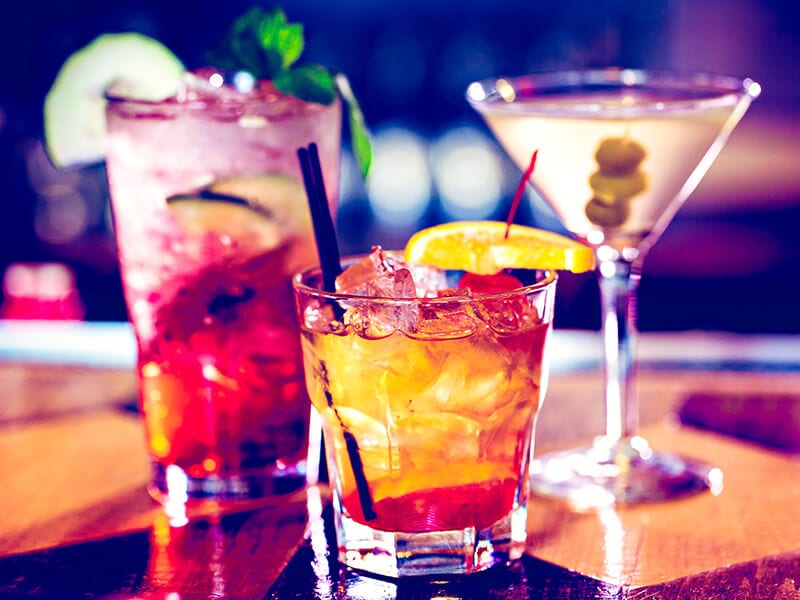
How To Drink And Pair Food Like An Expert
A drinking party will be boring without some mouth-watering dishes. Have you got any ideas for your night? If not, please note down some suggestions from me to get your best menu.
Tequila
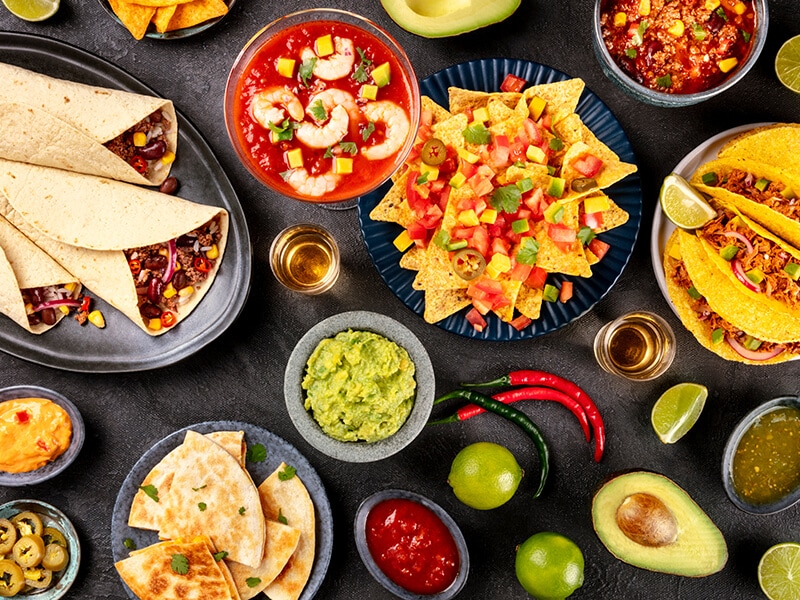
Tequila is clear, smooth, and crisp in flavor, so it pairs well with any type of food ranging from Mexican, Caribbean, to African cuisine, but if you prefer your meal to be an explosion of flavor with simple and classic Tequila, here are some tips:
1. Blanco Tequila For An Appetizer
It is the purest form of Tequila with a slightly sweet Agave, followed by hints of citrus, vanilla, and pepper taste. This type of Tequila works well with lighter meals such as Tapas, including cheese board, raw or grilled fish, vegetables, etc.
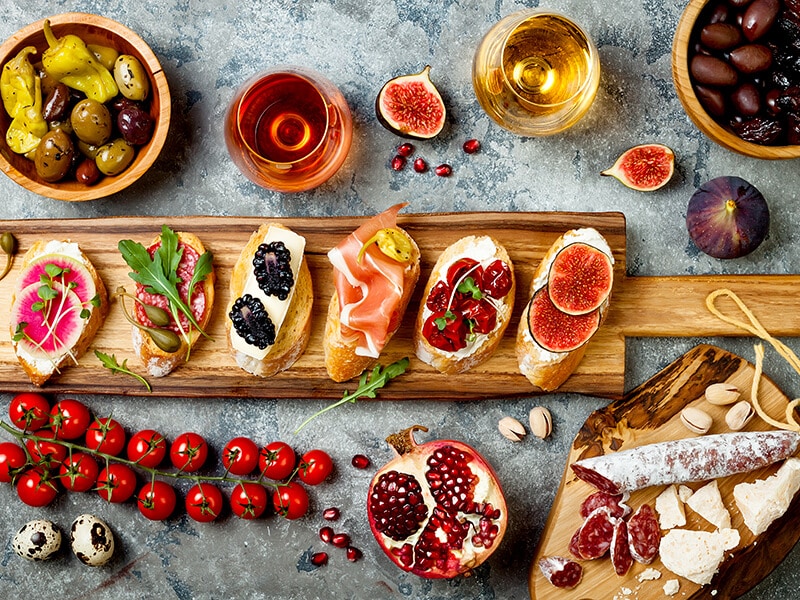
2. Reposado Tequila For Main Courses
Aged up to a year with a golden brown color, Reposado has a nutty oak and vanilla flavor with a base sweetness of Agave, which pairs well with any savory and heavy dishes:
- Steak ( highly recommended)
- Taco filling with fried fish or any kind of meat or seafood
- Guacamole
- Grilled with vegetable
- Plus your random choice
3. Añejo Tequilas For A Perfect End
Aged for over 12 months, Añejo is well-rounded and deeply rich in vanilla, caramel, and cinnamon flavors. This well-aged tequila is a perfect companion with desserts:
- Chocolate
- Citrus-flavored dessert
- Ice cream with fruity flavor (Strawberry, Raspberry)

Vodka
Vodka is primarily used as a base element for the cocktail mix and is a good fit for almost everything. However, it’s fairly tricky to choose dishes that pair well with Vodka without being overwhelmed by its strong alcoholic flavor.
Normally, when speaking about pairing foods, alcoholic drinks like beer and wine cross your mind, often alongside luxurious dishes or a set of Tapas. Vodka, likewise, also is included on the list. Here are some top choices of Tapas dishes:
- Shrimp Ceviche
- Caviar, cheese with bread
- Charcuterie board
- Smoked salmon, beef, or sausages
- Your turn
The combination between Vodka and pickles comes as no surprise to many alcohol enthusiasts. Normally, pickle brine is also added to Vodka Martini (a cocktail drink) to soften the alcoholic flavor and improve Vodka’s taste. In short, pickles can be brought as a side dish or garnish for Vodka cocktails.
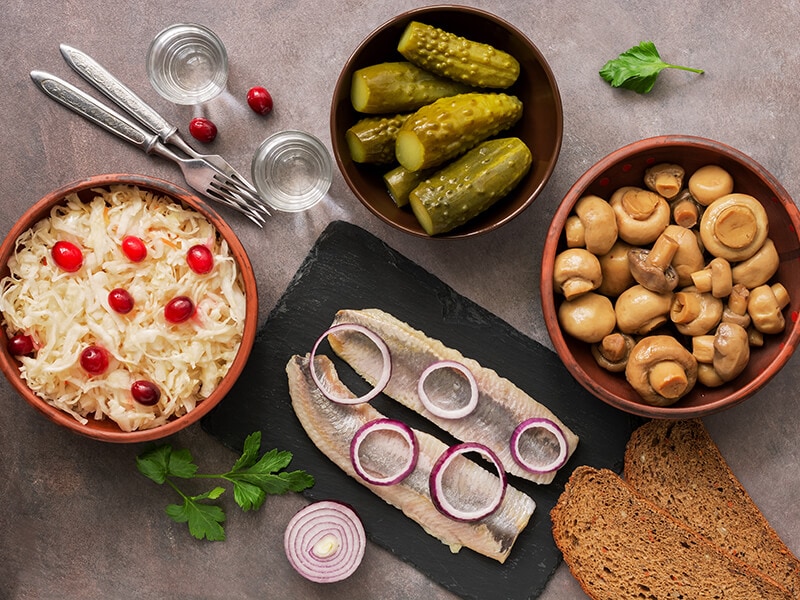
NOTE: Always order chicken dishes as chicken is high in protein and can help slow the rate of alcohol absorbed into your body.
Is Vodka Stronger Than Tequila?
Tequila and Vodka have the same alcohol percentage of 40-50% ABV, so their standard strength is fairly the same.
In fact, in the distilled spirit industry, a few brands produce Tequila with a higher alcohol percentage than the average amount, while the most common Vodkas are usually at 40% alcohol concentration.
Which Vodka has the highest proof? -The answer is Spirytus – with 96% alcohol for a full bottle (192 proof), Spirytus is also known as the strongest spirit on the commercial market. However, a distilled spirit with nearly 100% ethanol is not recommended to drink neat without mixing due to its high alcohol concentration.
In summary, to put on a scale, with the same amount of alcohol, there are no two drinks that can be stronger than the other.
Hangover
Many Americans rank Tequila as the worst hangover experience when it comes to alcoholic beverages. If you want a friendly-hangover choice, 100% Agave – the finest Tequila is highly recommended.
It is quite surprising that Vodka is less likely to give you a severe hangover than the others. But, please be aware that almost every terrible hangover is caused by how much mischief you were up to last night, and Vodka is no exception.
The more you drink, the more chance you end up being fatigued the next morning.
Health Benefits
Everything is good in moderation, let alone alcohol consumption. Tequila contains less sugar and calories than similar liquors, which is slightly healthier. Meanwhile, Vodka is effective in improving cardiovascular health and reducing stress.
However, these drinks are not recommended for women during their pregnancy or those who are afraid of medication interaction.
Adverse Effect Of Tequila And Vodka
Drinking Tequila and Vodka may bring several benefits, yet, they cannot overshadow the downsides of alcoholic overconsumption. Alcohol is a powerful chemical that may cause a wide range of adverse effects on your health.
Short-Term Effects
Tequila and Vodka are alcoholic beverages that contain higher alcohol content compared to other liquors. With just a few shots, alcohol in distilled spirits starts to kick in, causing both positive and negative effects on the human body.
- Low-level to moderate drinking: Your body feels warmer as your blood vessels start to expand (no negative effect)
- Feeling tipsy or mildly drunk: Your brain and nervous system start to be affected, making you feel lightheaded. Your speech is slurred, and your vision will begin to lose focus. (may experience a hangover the next morning)
- Be Illegally drunk and almost blackout: You know, at this stage, you put yourself in danger as your coordination is highly impaired. (terrible hangover)
Let’s follow the journey of alcohol and see how it affects the human body.
Long-Term Effects
Alcohol is either a stimulant or a depressant depending on the frequency of consumption. Overconsumption of alcoholic drinks, regardless of what types, will never end up in a good result. Below are several negative effects that will happen if you consume too much Vodka and Tequila in the long run.
Diabetes
Tequila and Vodka may be slightly healthier liquor to consume as they both contain less to no sugar and calories compared to other liquors. Yet, It’s a different story when adding Vodka to mixers since they are frequently high in sugar.
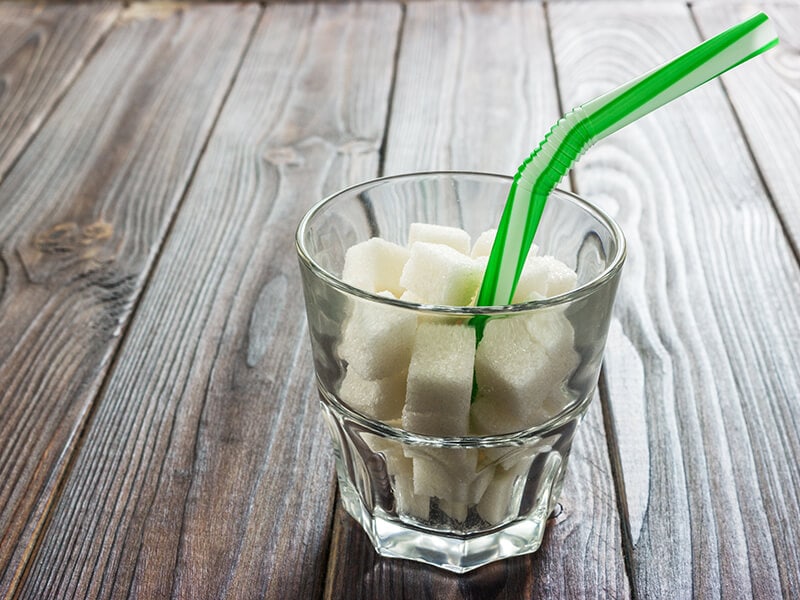
Lost Of Pregnancy Or Birth Disorders
Women in pregnancy are recommended to avoid consuming alcoholic drinks as alcohol can transfer to the growing fetus, increasing miscarriage and stillbirth.
Moreover, when ingested by a pregnant woman, alcohol can increase the chance of a child being diagnosed with Fetal alcohol syndrome disorder (FASD).
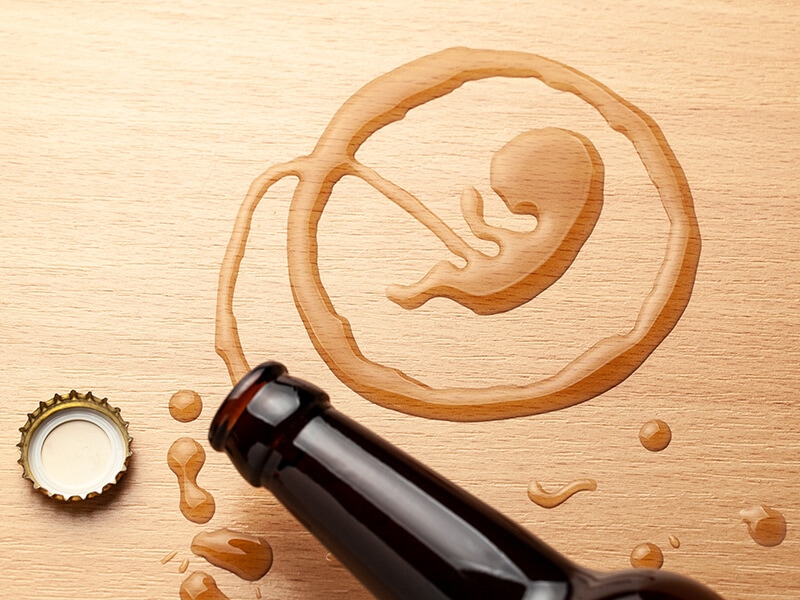
Addiction
Drinking alcohol is highly addictive as alcohol stimulates the release of dopamine and endorphins, which produces a feeling of pleasure. This kind of satisfaction is just like a poison that gradually kills people from the inside.
It is no doubt that addiction is detrimental to not only health but also mentality, resulting in other potential risks of aggression and violent behaviors.(4)

Myths About Vodka And Tequila
Believe it or not? There are some common things you’ve heard about Tequila and Vodka that are actually a myth. I hope that some of these examples will not hurt you.
Tequila Can Be Produced Anywhere In Mexico
Myth. It is true that to be named ”Tequila”, the distilled liquor has to be produced in Mexico, but that’s not enough.
Only distilled spirits extracted at least 51% from Blue Agave Plants in permitted states in Mexico, such as Guanajuato, Jalisco, Michoacan, Nayarit, or Tamaulipas, are qualified to be labeled as “Tequila”.
Tequila Has A Worm In Its Bottle
Myth. There is no relation between Tequila and the mezcal worm (larvae). Instead, the confusion is with Mezcal, and some Mezcal has larvae.
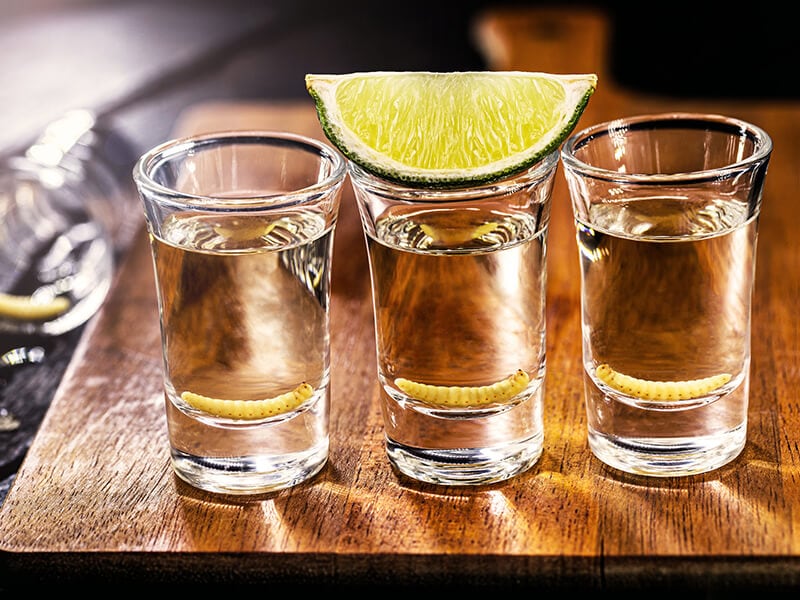
Authentic Vodka Can Only Be Produced From Potatoes
Myth. Traditionally, Vodka is mainly made of potatoes, but now it can be made from pretty much anything with sugar and starch.
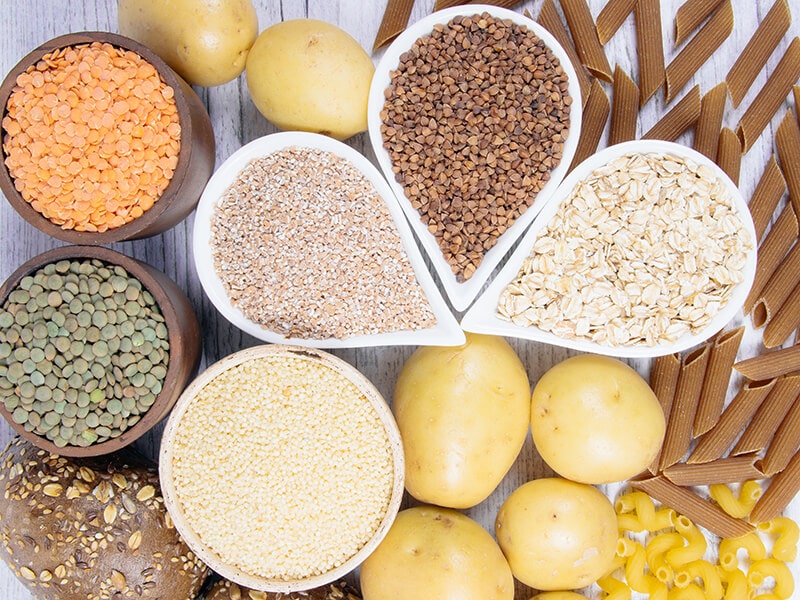
All Vodkas Taste The Same
Myth. It is a common belief that Vodka is plain and tasteless. However, Vodka’s flavor can range from neutral to slightly sweet depending on the base ingredient and the region where it is produced.
Tips To Not Get Drunk
Drinking is a part of having fun and stress release, but it can be dead wrong if you put yourself in a state of unconsciousness after consuming too much alcohol. Here are some tips that help you always be alert during an all-night party.

It’s Totally Fine To Say “No”
Party is not a battle of drinkers. If you find yourself being tipsy or mildly drunk, it’s fine to refuse when somebody offers you a drink.
Set Your Limit
Even if you would like to go wild and enjoy a stress-free party, it is important to keep yourself away from being poisoned by alcohol, as Tequila and Vodka are both strong spirits that may cause potential harm to your body.
Eating Before And During Your Drinking Party
Please do not drink Tequila, Vodka, or any kind of alcohol with an empty stomach, as the alcohol will transfer directly into your bloodstream and make you get drunk much easier.
Keep Your Body Hydrated
Have you ever noticed when consuming alcohol, people tend to produce more urine than usual? This also indicates that your body has consumed too much alcohol. Alcohol does not directly dehydrate your body. Instead, it promotes water excretion through urine.
So, it is recommended to have with you a glass of water or soft drink while drinking.
How To Sober Up In The Next Morning
An all-night drink party will lead to a terrible hangover experience the next morning. You are waking up fatigued, nauseous, and thirsty with a dry mouth.
Unfortunately, there is no way to inactivate the power of a hangover. But, below are a few suggestions that help you feel more awakened and refreshed:

Lemon Tea With Ginger
Why ginger? Ginger has great benefits when it comes to hangovers. It helps your alcohol digestion and boosts your energy.
- Step 1: Boil some water with some slices of fresh ginger.
- Step 2: Add a little honey and lemon juice.
- Step 3: Sip it slowly and chew ginger slices.
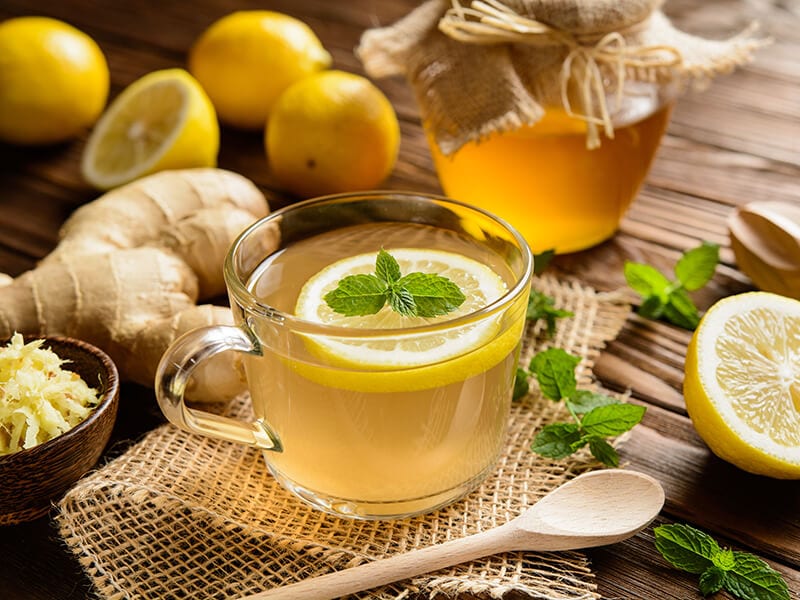
Focus On Hydration
As stated above, alcohol inhibits the increase of the hormone that urges your body to produce more urine. If you feel like vomiting or have a sore throat, it is because of your body’s dehydration. At this stage, a glass of water is needed to wet your throat.

Fruit Juices Rich In Vitamin C
Apple, tomato, and celery will produce Vitamin C for your body, and of course, drinking fruit juices does not help to treat your hangover.
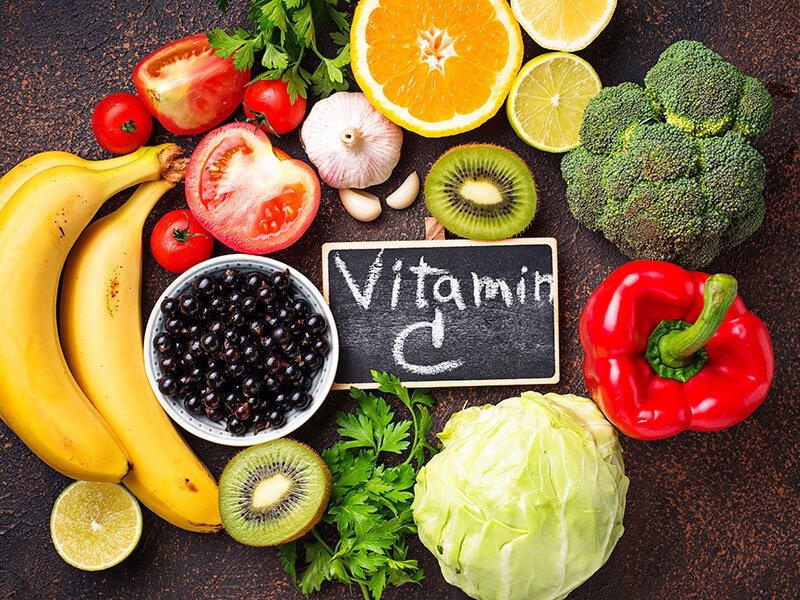
NOTE: Avoid orange juices at this stage since the acidic nature of oranges can irritate your stomach.
Light And Healthy Meals For Breakfast
After drinking too much alcohol, your body is fairly weak to consume a heavy or greasy breakfast. So, keep it simple with some vegetables that are rich in Vitamin C, or you can have some white bread and plain crackers.(5)
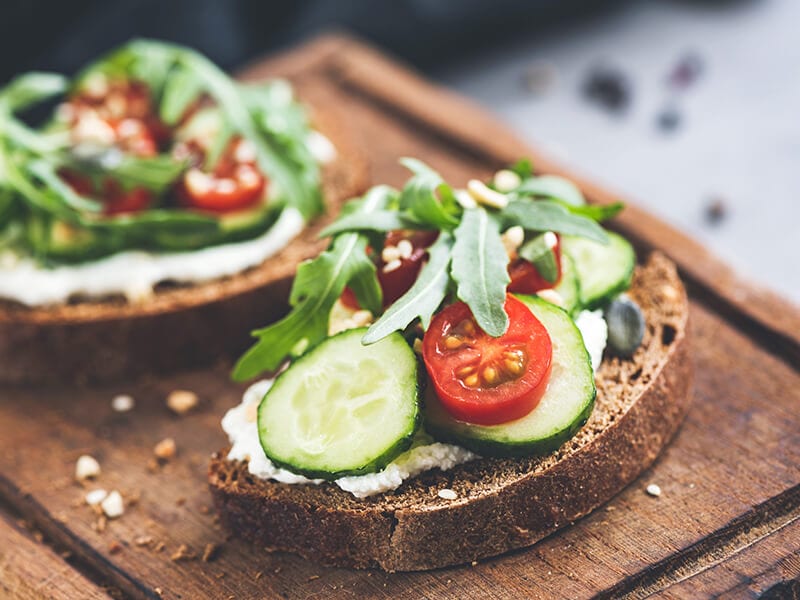
Cocktail Recipes
Tequila and Vodka? Which drinks should I try? Here are some of the most popular cocktail drinks for Tequila and Vodka (recipes are included in case you would like to do it yourself).
Tequila Cocktail Recipes
Tequila is mostly served in a shot with some salt on the rim of a glass and a piece of lime. Partygoers gather around and start to “Lick the salt, shoot the Tequila, and such on a lime” – a standard way to drink pure Tequila without mixing.
However, this drinking style will get you to buzz off in a blink of an eye within 4-5 shots. That’s why Cocktail drinks are preferable at every drinking party since they reduce the chance of getting drunk while the party has yet to start. Here are the three most popular Tequila cocktails with easy-to-make recipes.
Margarita
This is perhaps one of the most popular cocktail drinks when speaking about Tequila. With only 3 simple ingredients Blanco Tequila, Orange Liquor (Triple sec), plus lime and salt, Margarita is ready to serve!
Tequila Grapefruit Paloma
If you are looking for a Tequila cocktail for summer days, let’s try to order a glass of Tequila Paloma. With just a touch of sourness and bitterness from grapefruit juice, this cocktail is a real kick in your palate.
Tequila Sunrise
Tequila Sunrise is a cocktail made of 3 key ingredients Tequila, grenadine syrup, and orange juice (plus some lime and garnish for the drink). Just like the name Tequila Sunrise, this drink has a soft orange color and a bright citrus taste, giving it fresh and fruity.
Vodka Recipes
Vodka is neutral to slightly sweet in flavor. Drinkers, therefore, tend to mix Vodka with fruit juices, spices, and other ingredients to provide a more flavorful cocktail. If you are a fan of refreshing Vodka cocktails, these recipes will never let you down.
Vodka Martini
Martini is a cocktail made with Vodka and Dry Vermouth. This is maybe the most iconic drink and has been enjoyed by many people worldwide. And, yes, it is classic for a reason: Pure, smooth, elegant, and always impressive.
Bloody Mary
Have you ever tried a cocktail mix with Tomato juice and Tabasco? If not, this drink is worth giving a try.
A bloody mary contains vodka, tomato juice, Tabasco, other spices, and flavorings. It may not be as sweet and refreshing as other options, but the kick of Tabasco and spices in this drink may bring your palate to a brand new level.
Cosmopolitan Cocktail
A drink with vibrant pink in color? It sounds like a terrific idea, doesn’t it?
That’s why I would like to suggest Cosmopolitan or simply Cosmo, a cocktail of Vodka, Cranberry and orange liquor, and lime juice.
This cocktail is well-combined between sweet and sour taste with just a touch of tanginess from orange liquor, giving it a refreshing flavor.
FAQs
I understand that when speaking about Tequila and Vodka, there are a lot of questions about the cocktail recipes and hangover experience after all-night parties. So, I pick out some of the most common questions.
I hope that my short answers will help you address your concerns.
Let’s Wrap Up And Get Ready To Go Shaker
“Tequila Vs. Vodka? Which is a better choice for your party?” I hope that my article has, in one way or another, provided some key information and drink recipes that help you make your own decision for your party.
The entire article is based on my experience, and I hope this could help address your concerns. If you still have questions, please type your concern in the comment section of this article. Cheers!
References
- Tequila (2022) Wikipedia. Wikimedia Foundation.
- Types of alcohol. Alcohol Rehab Guide.
- Vodka (no date) Encyclopædia Britannica. Encyclopædia Britannica, inc.
- NHS choices. NHS.
- Hangovers (2017) Mayo Clinic. Mayo Foundation for Medical Education and Research.

